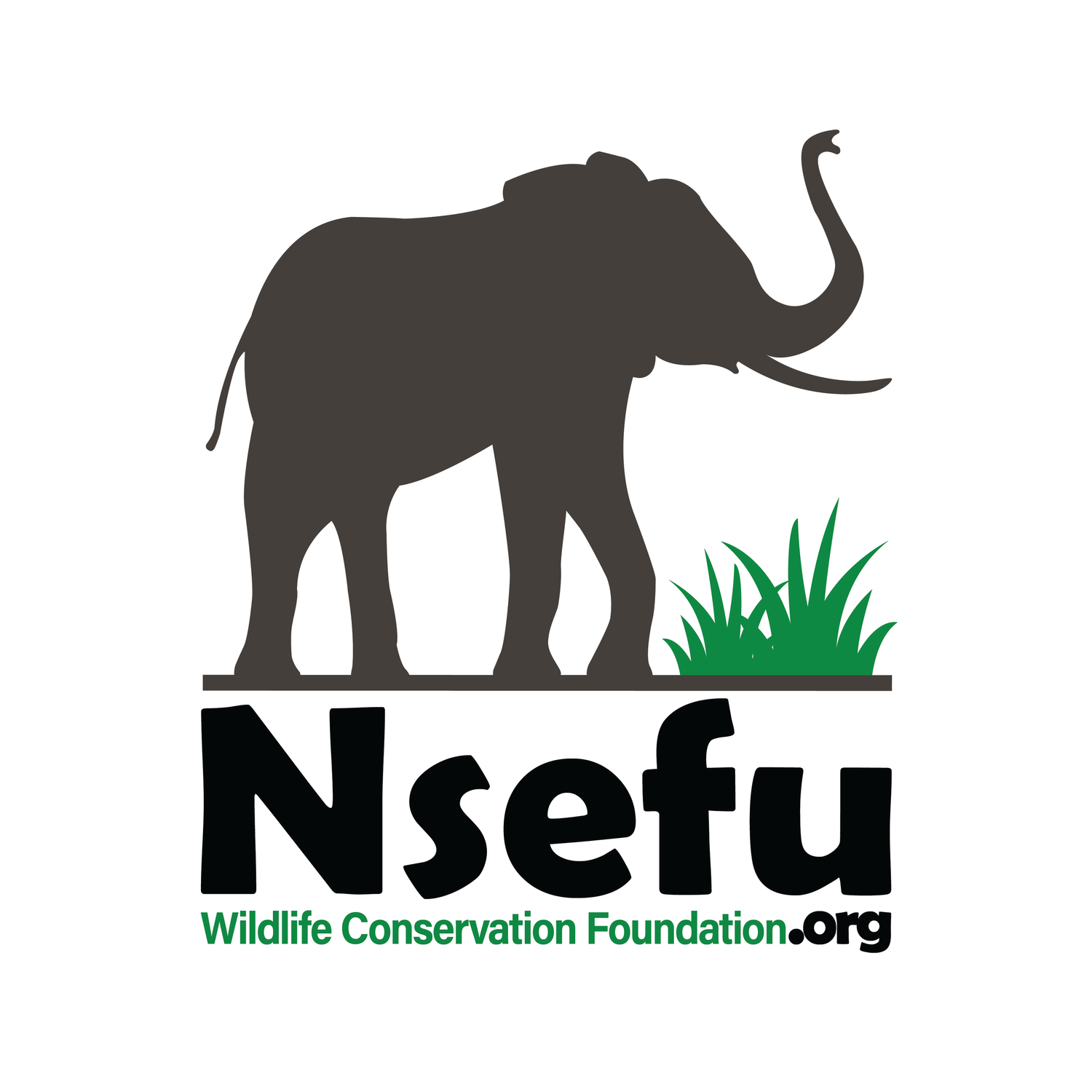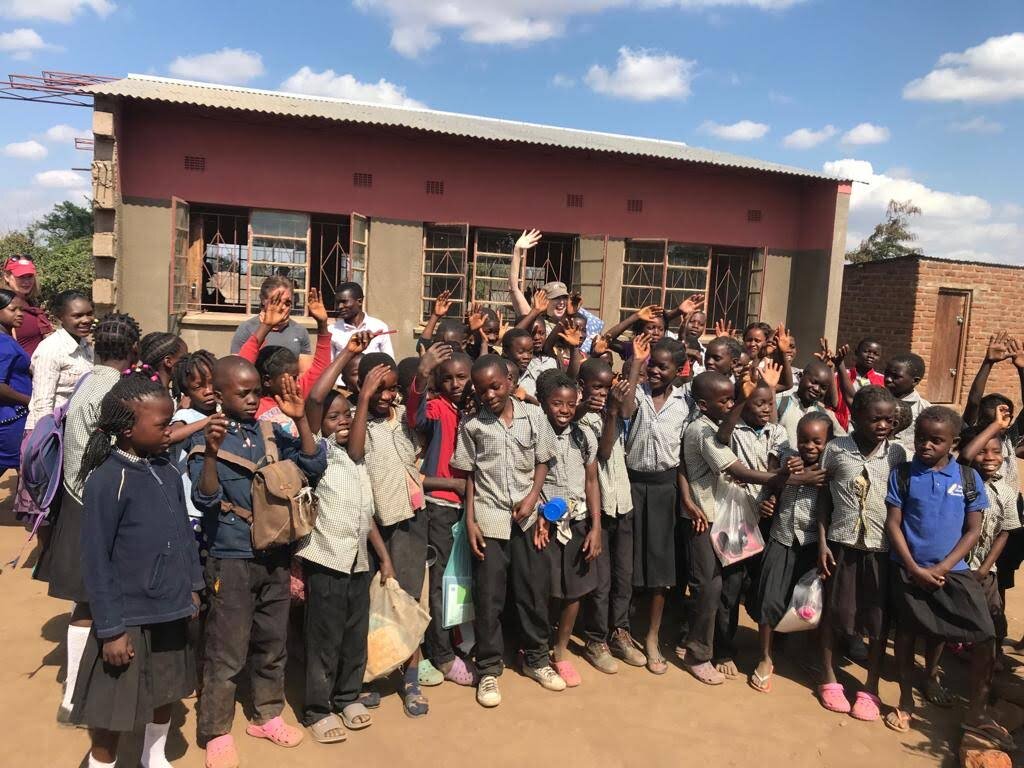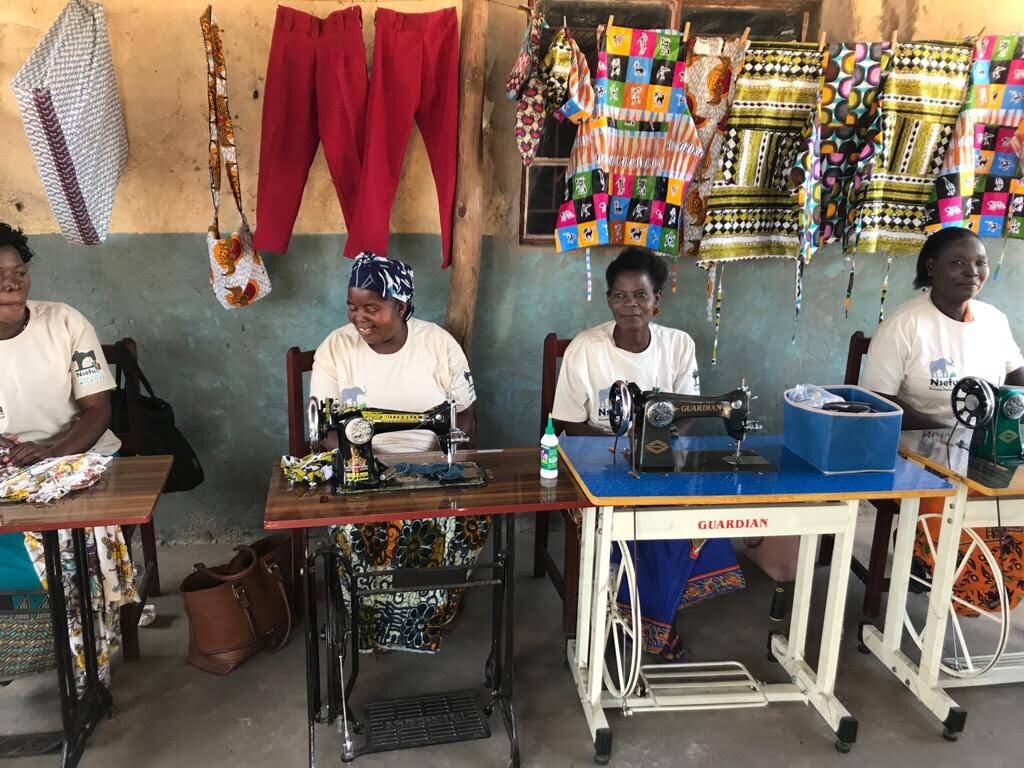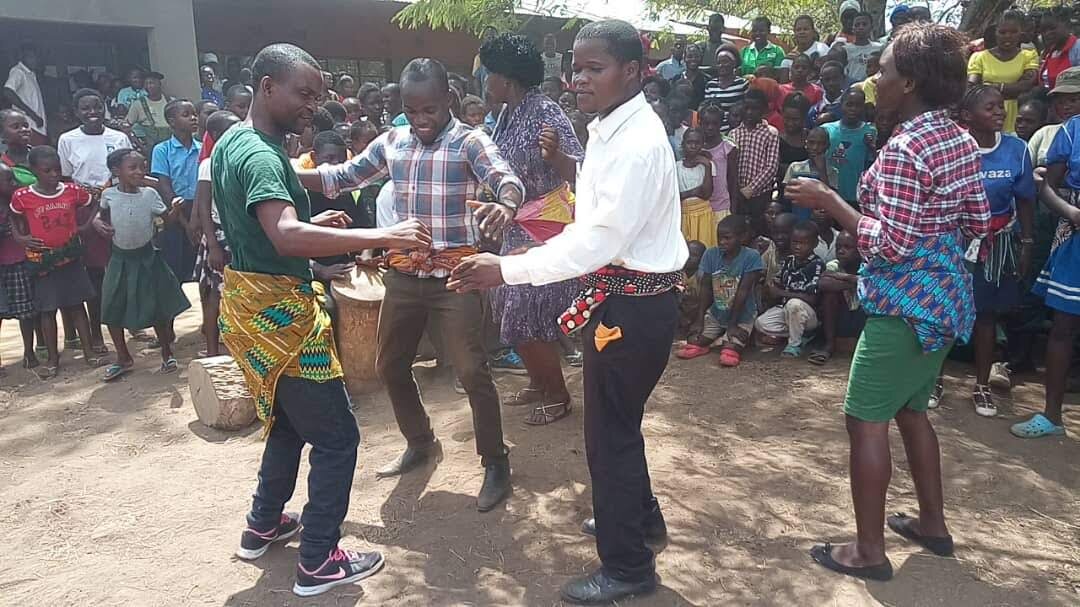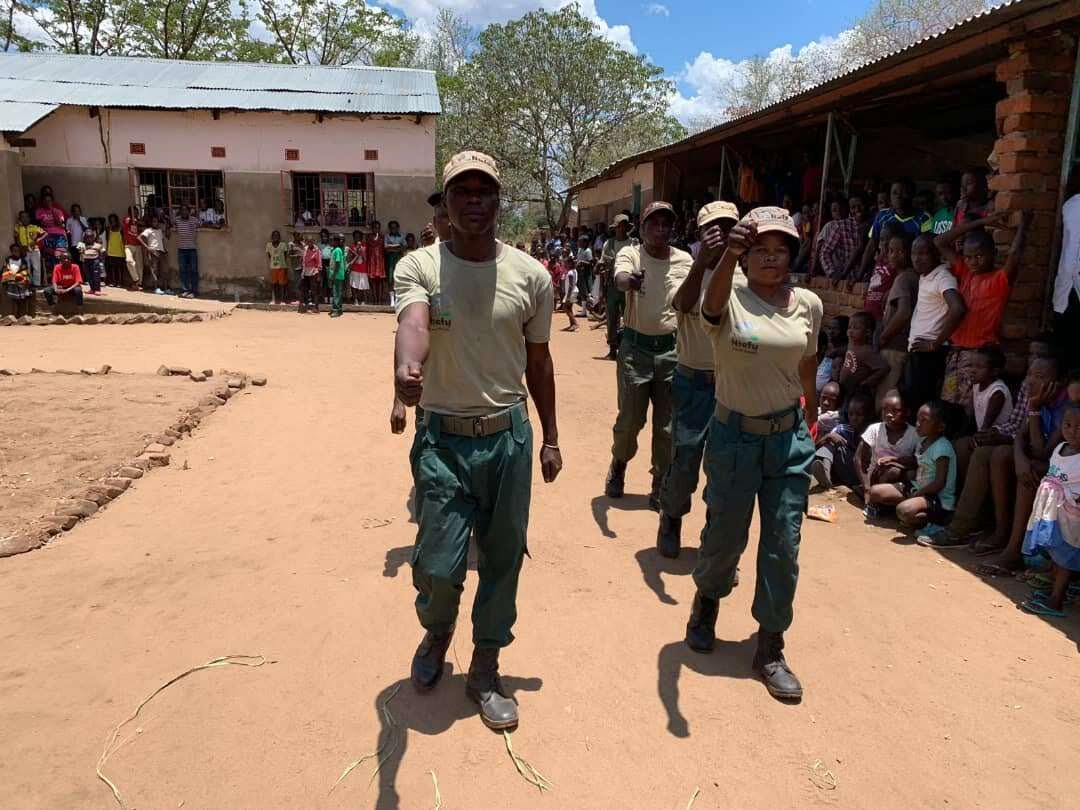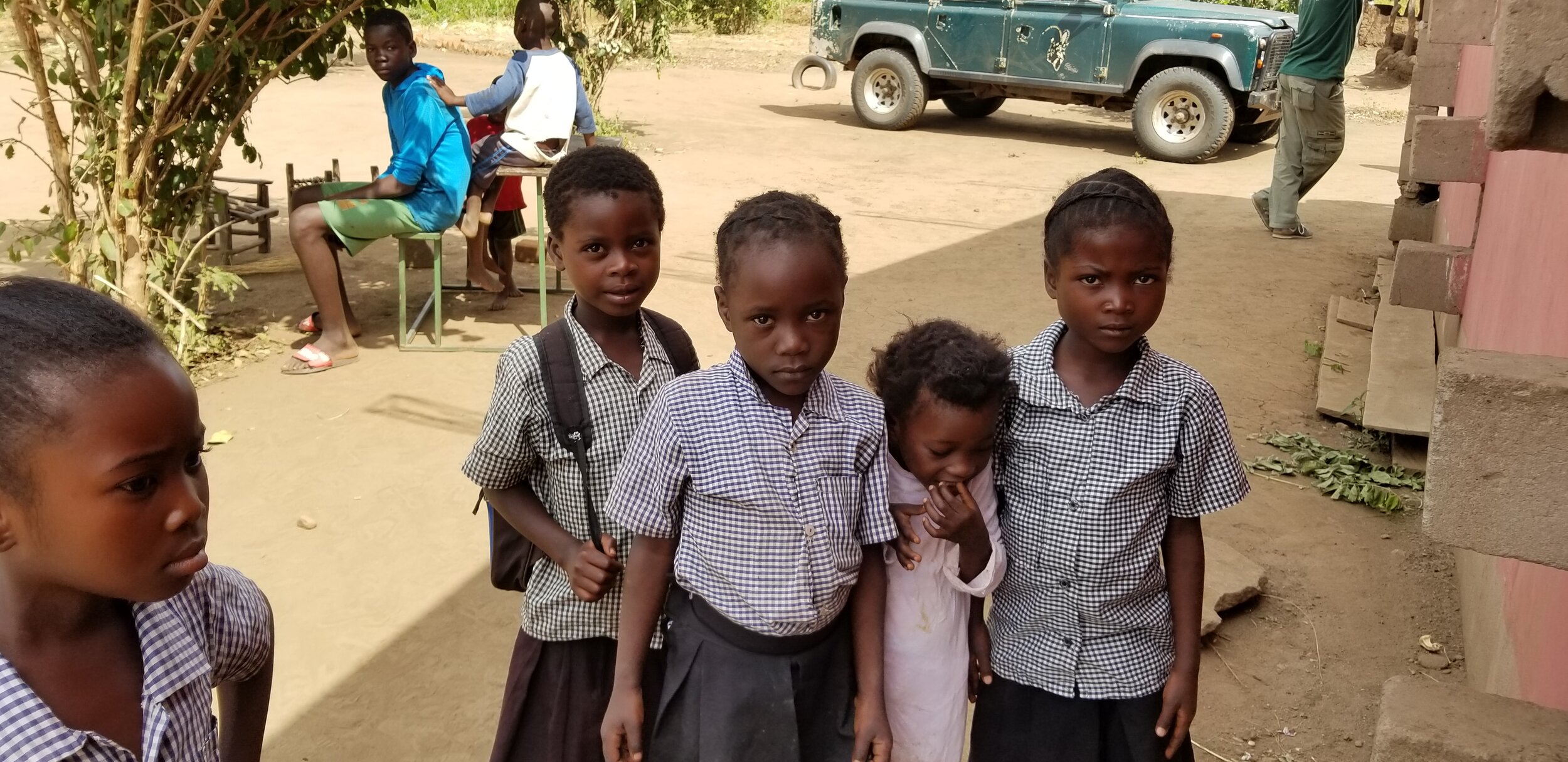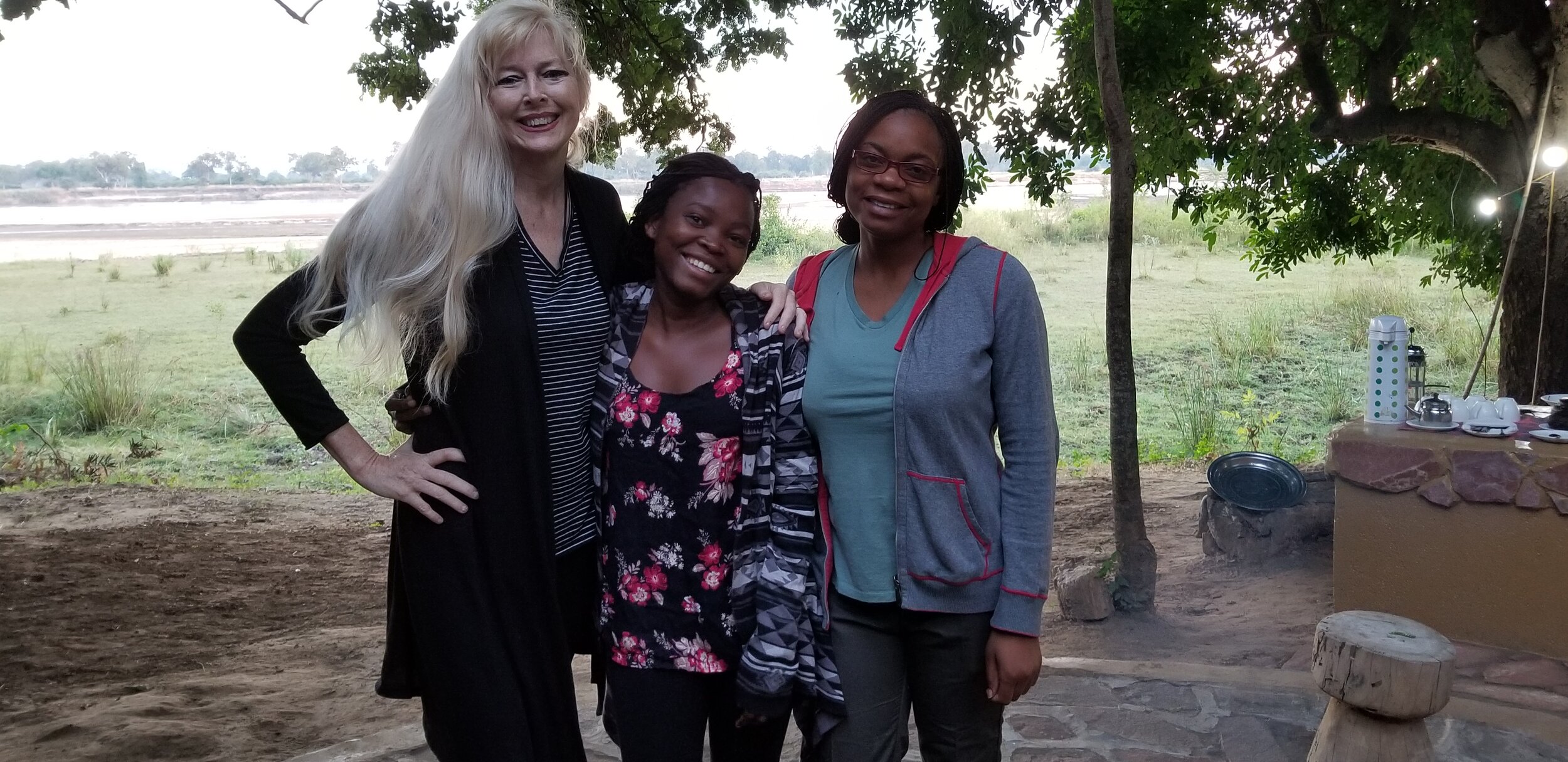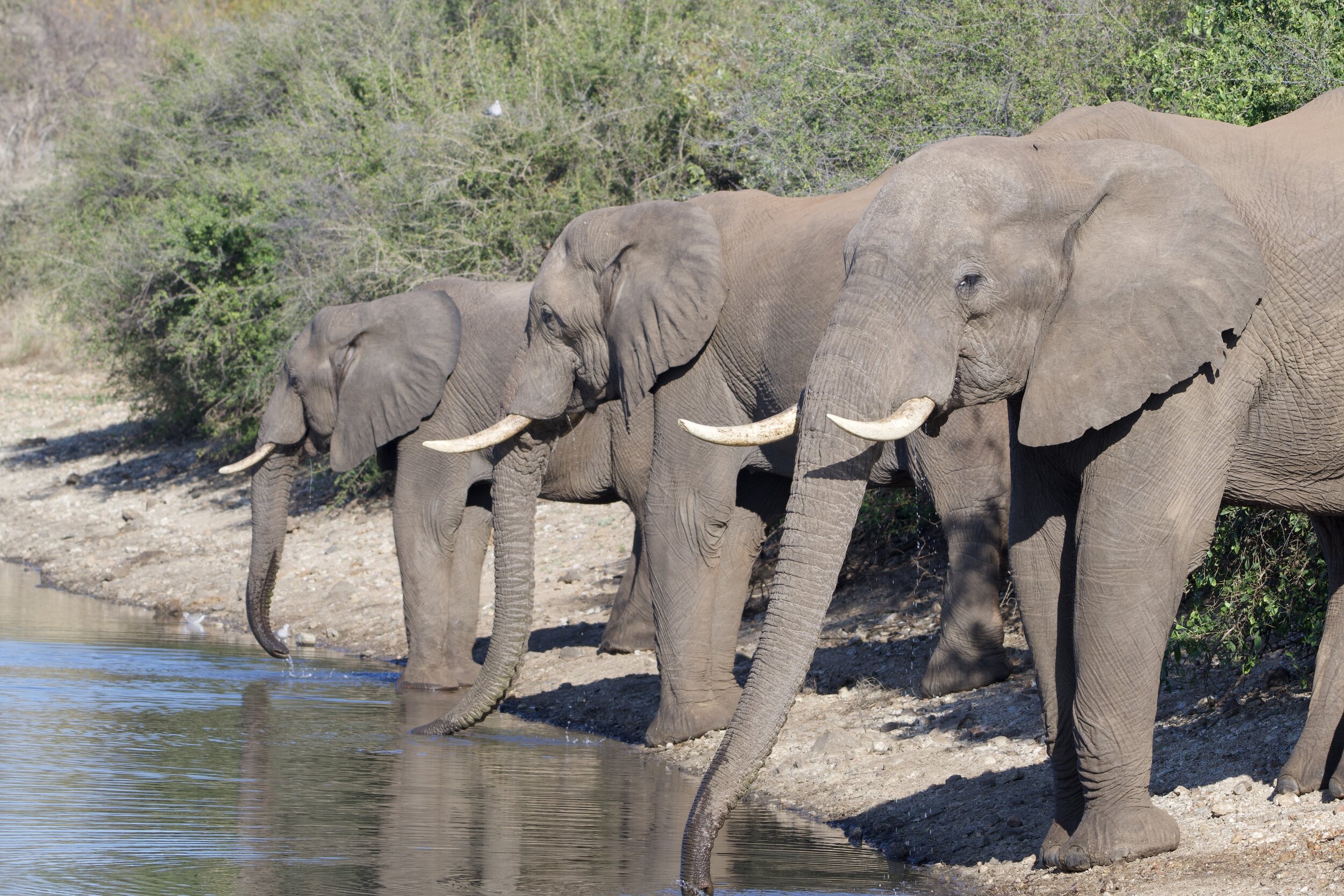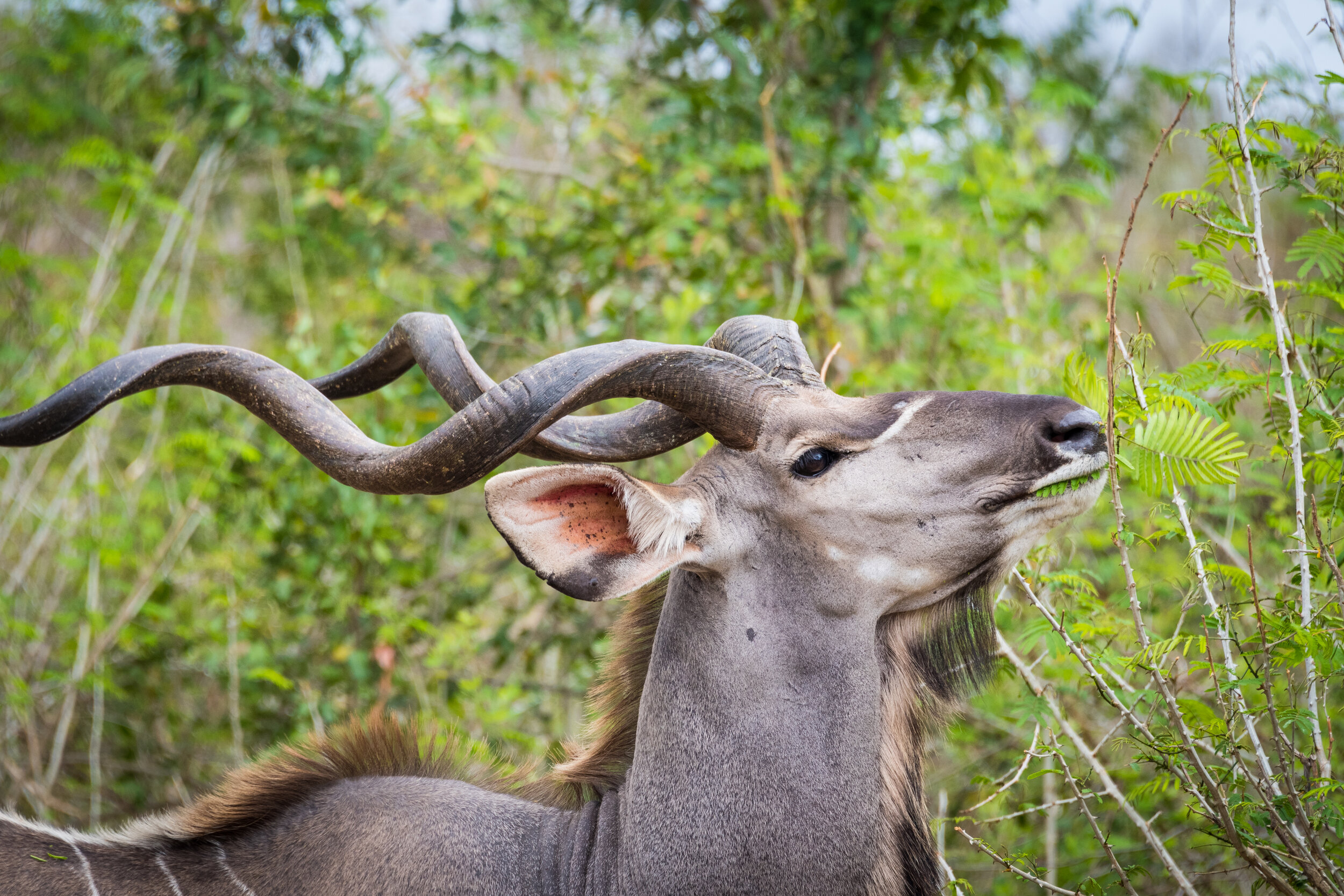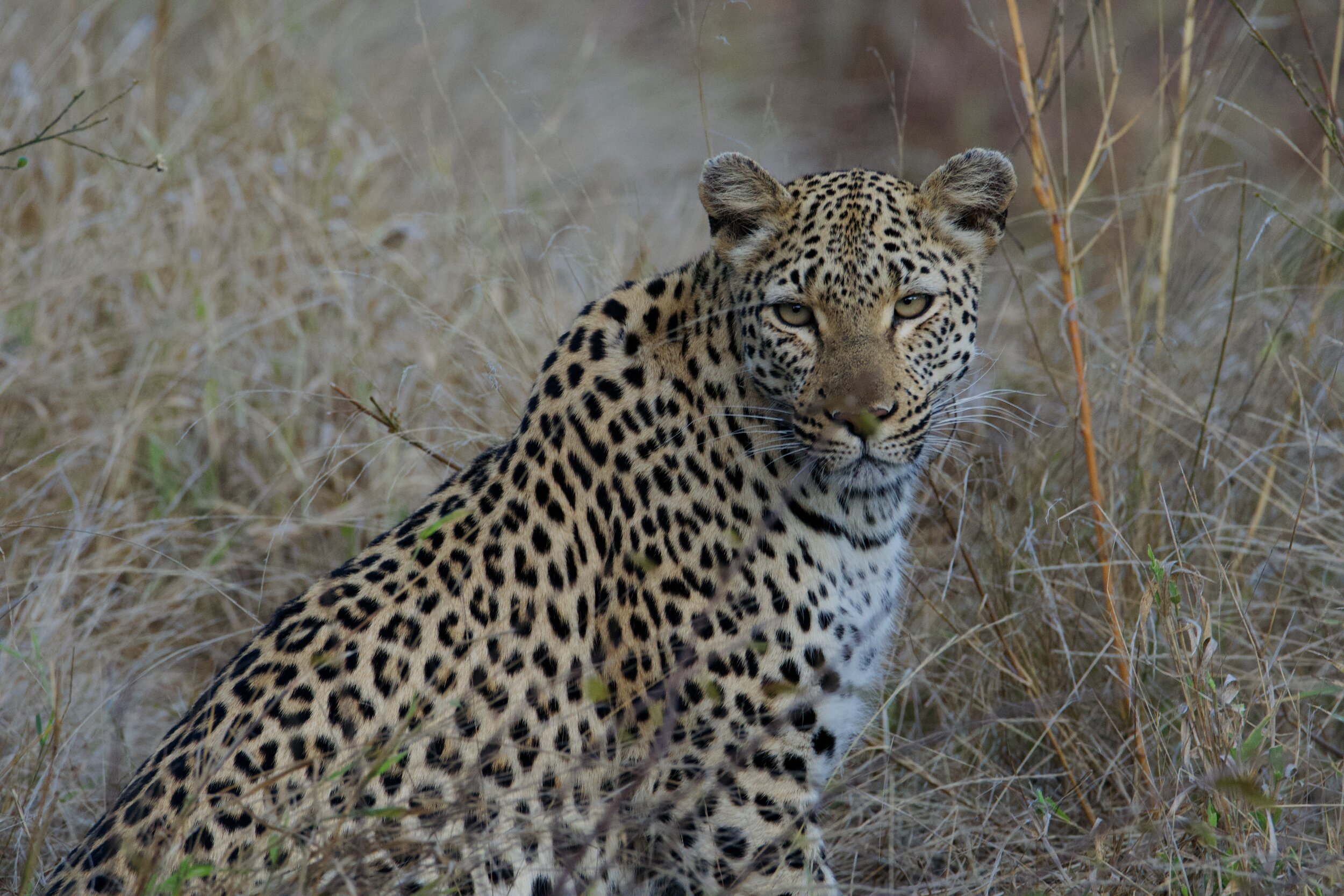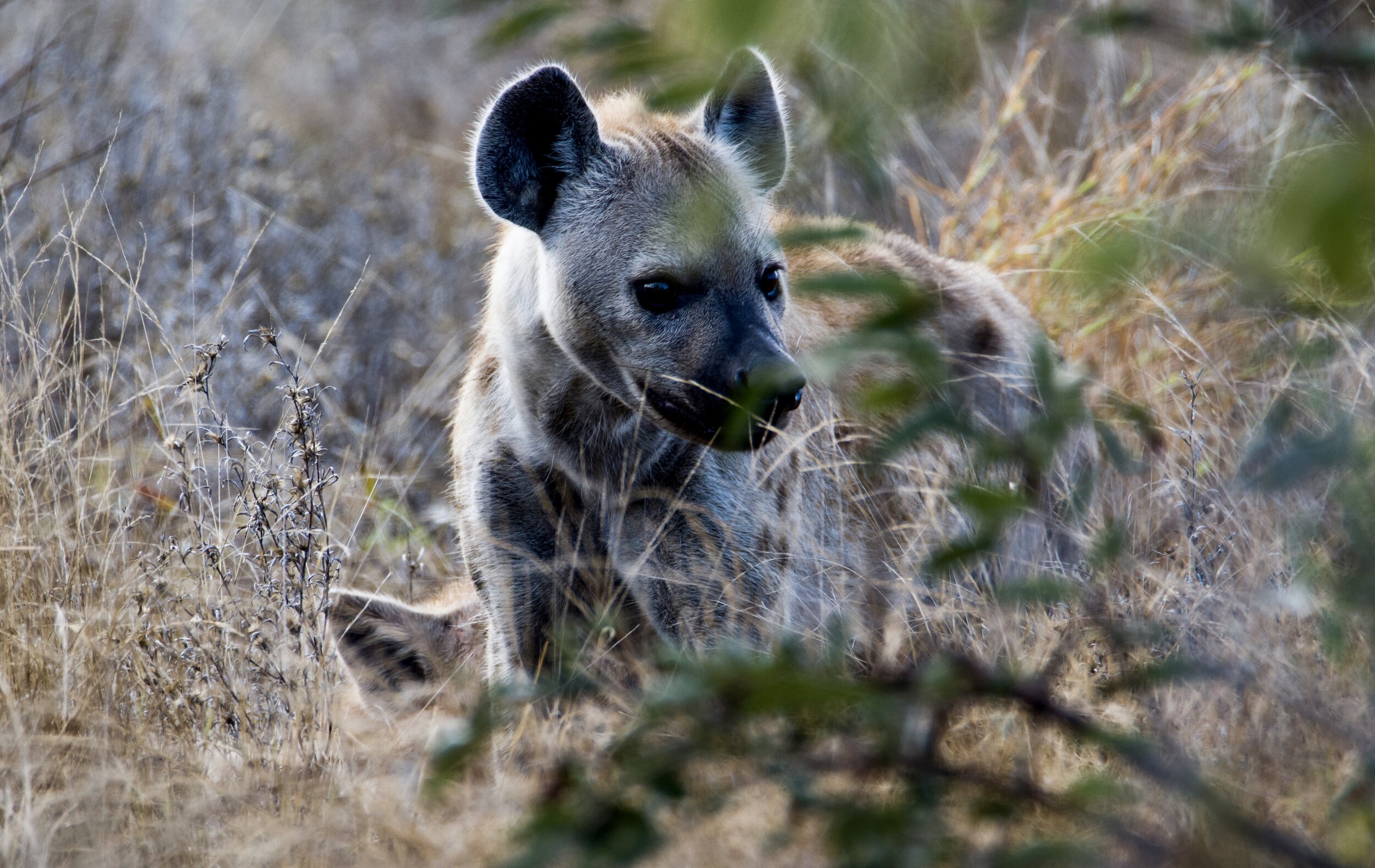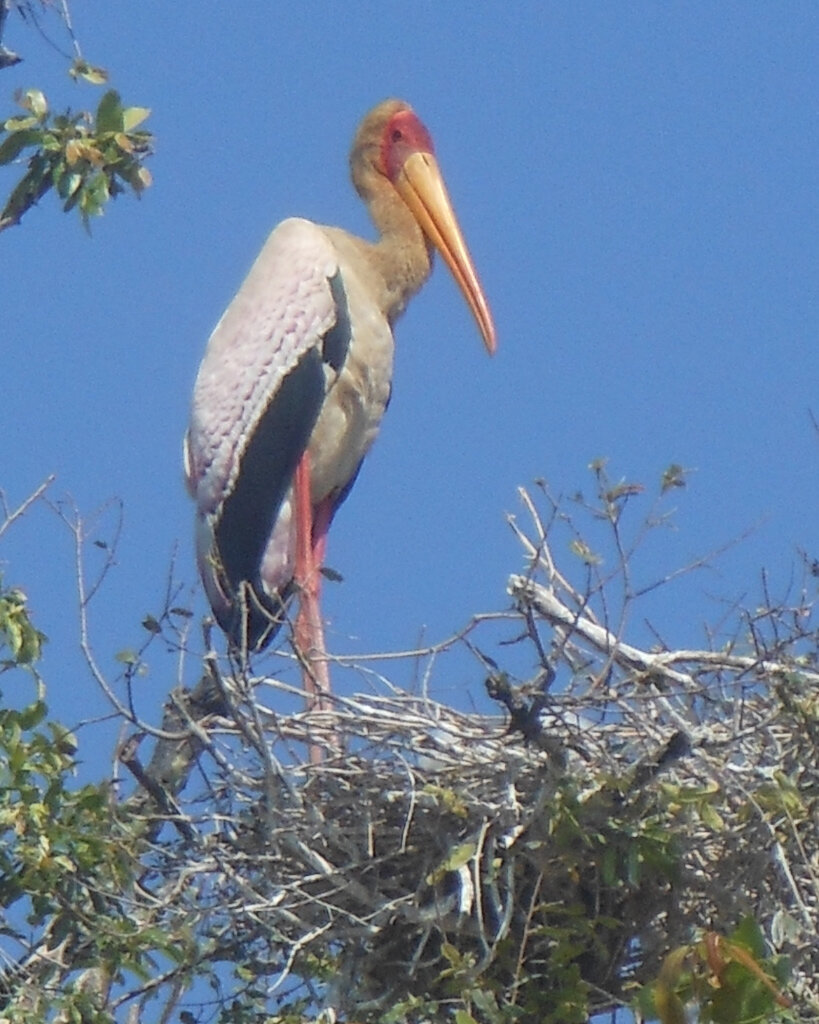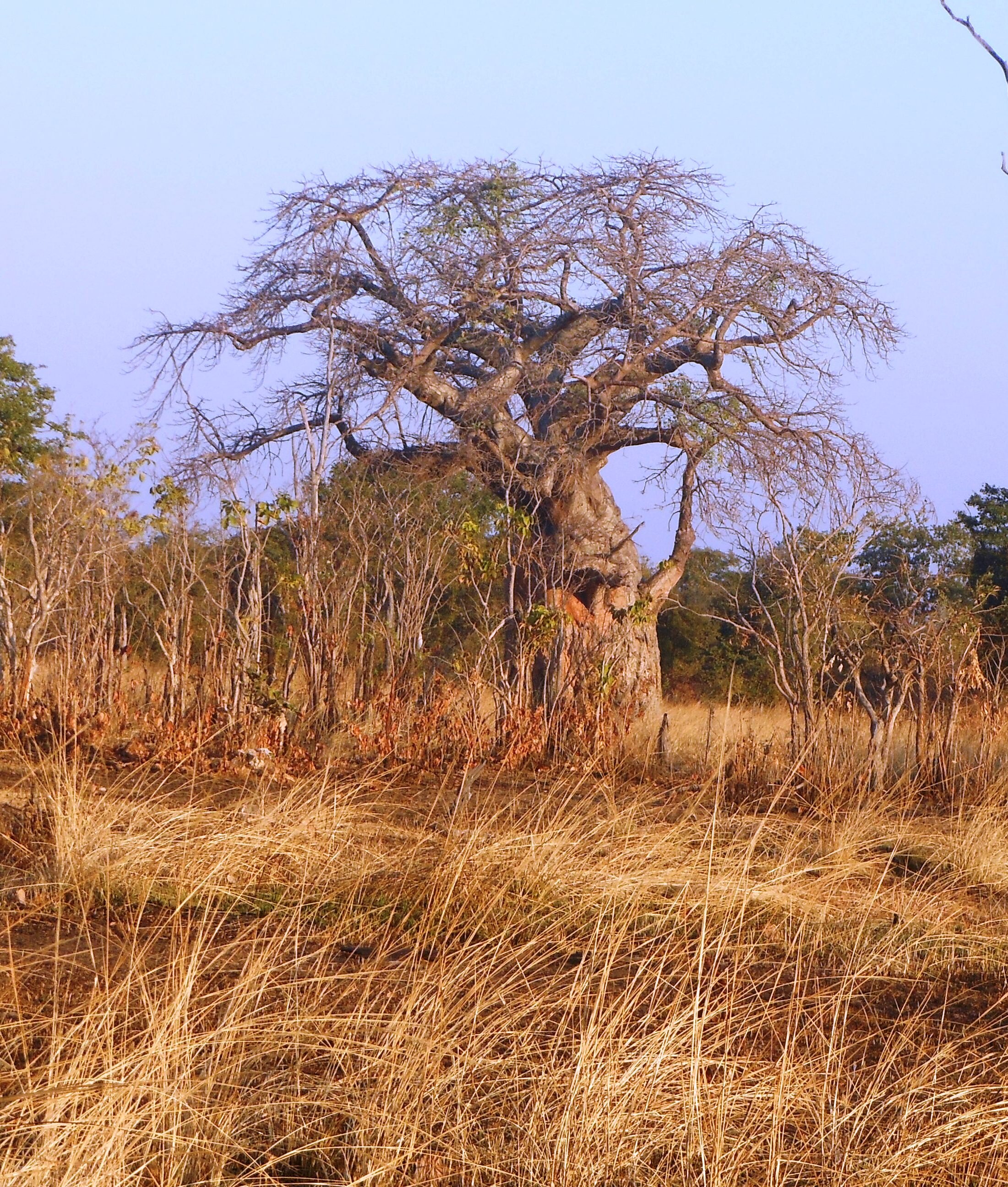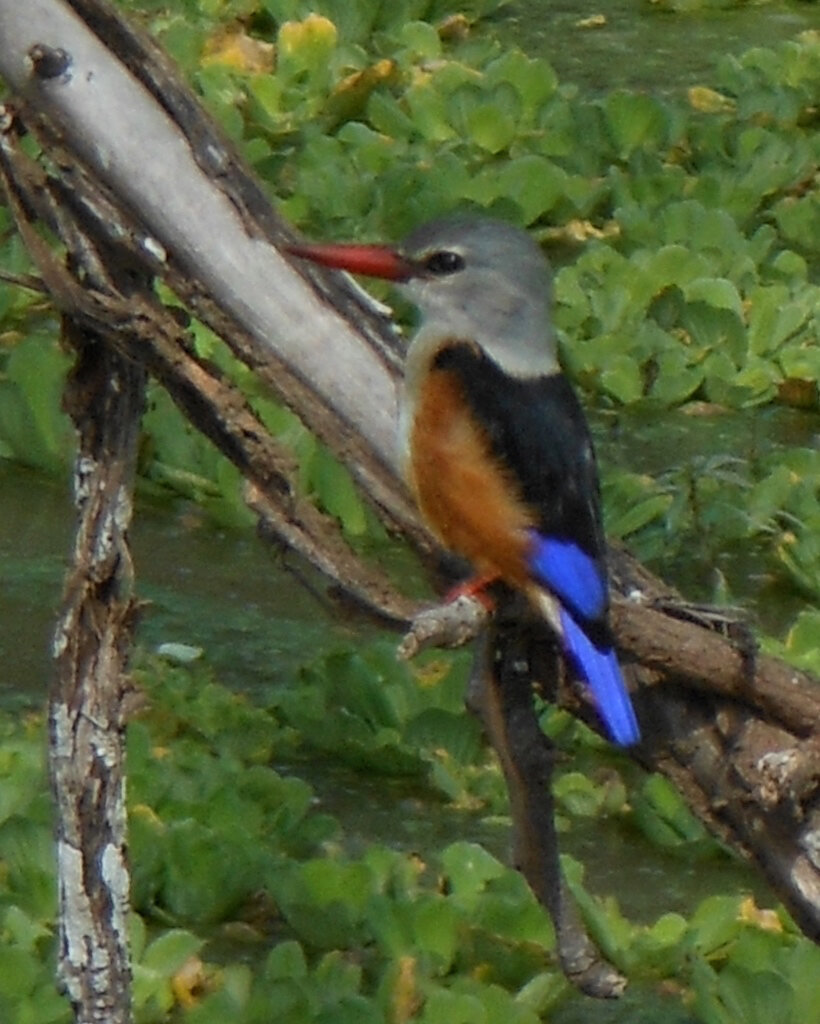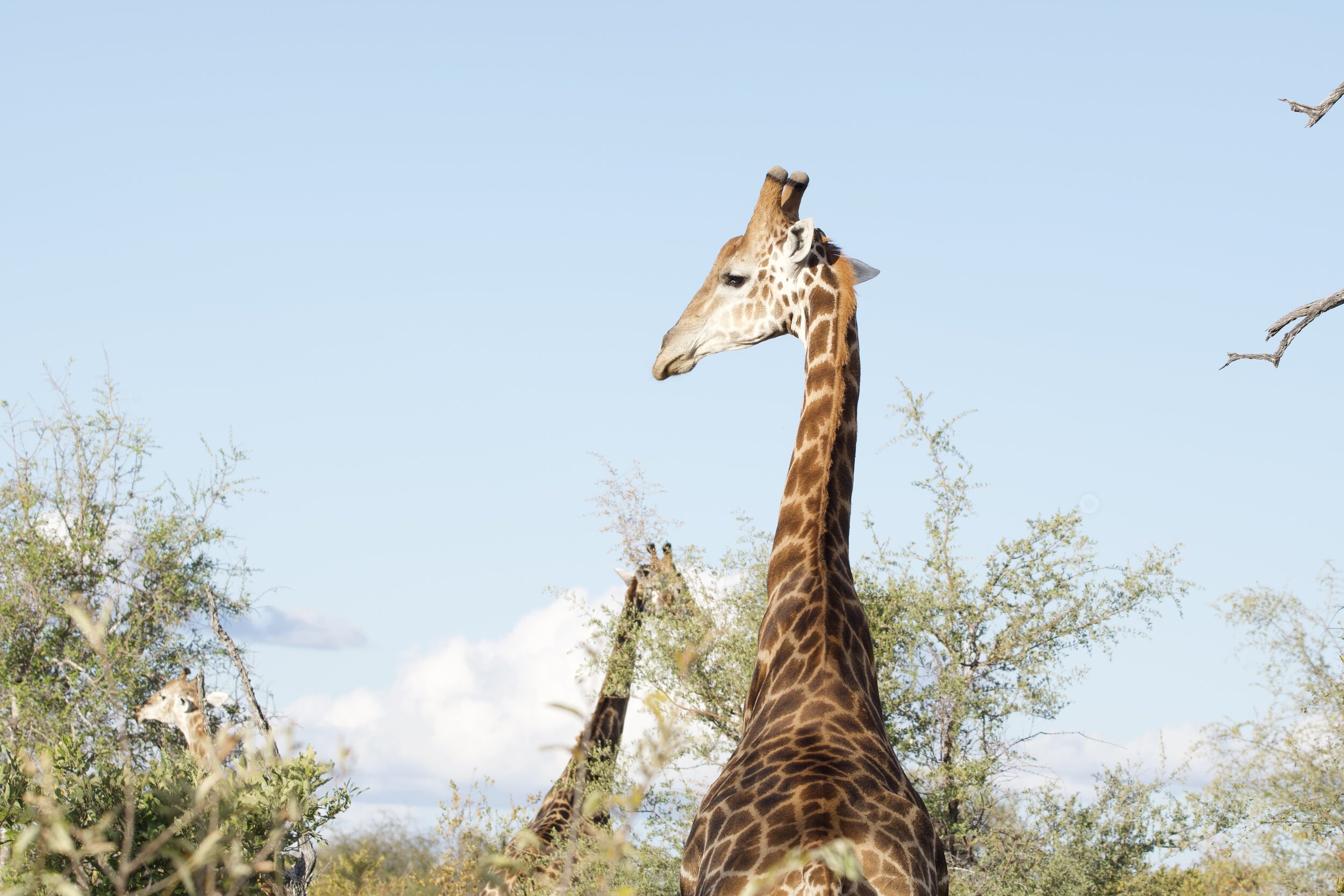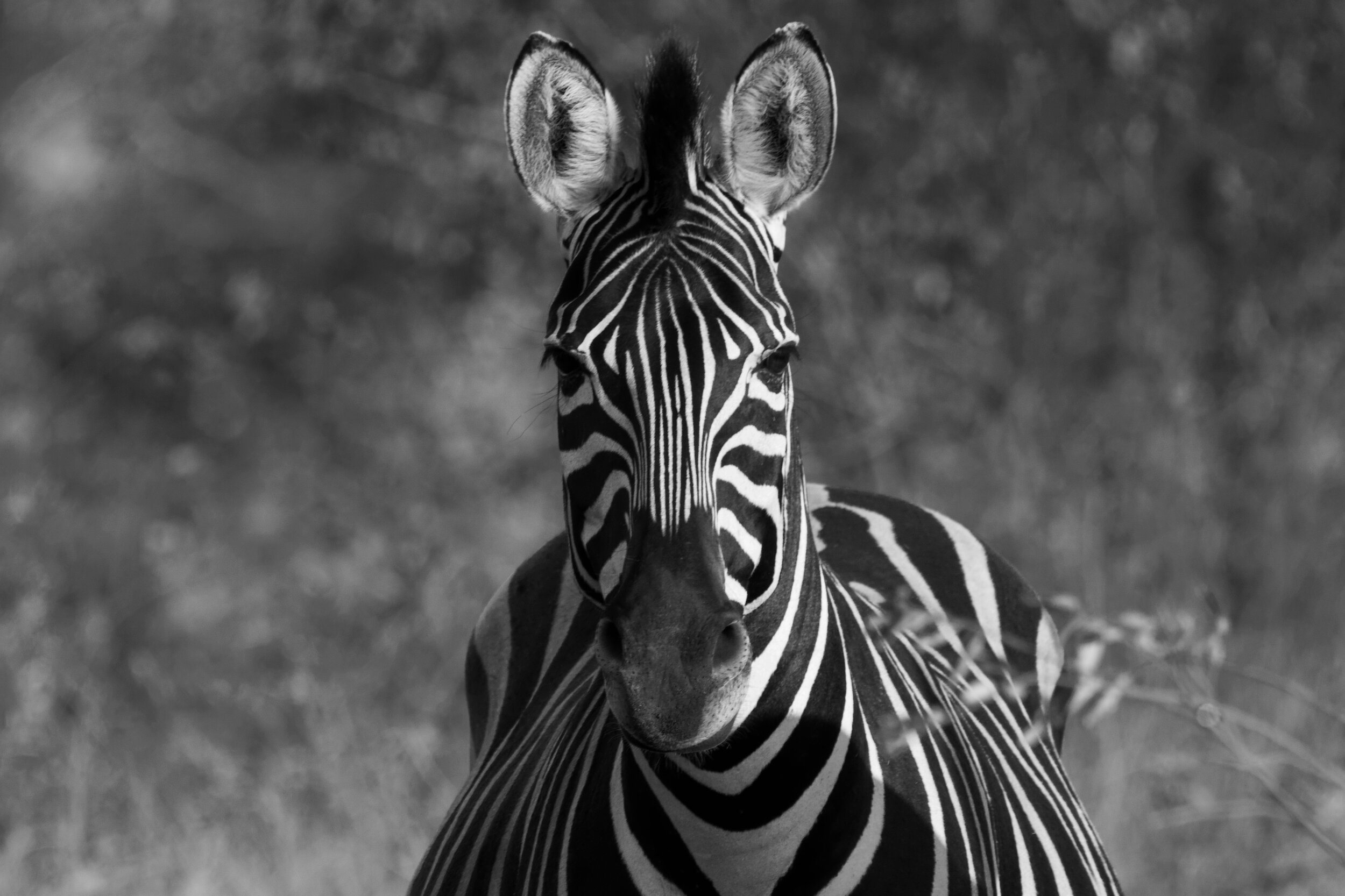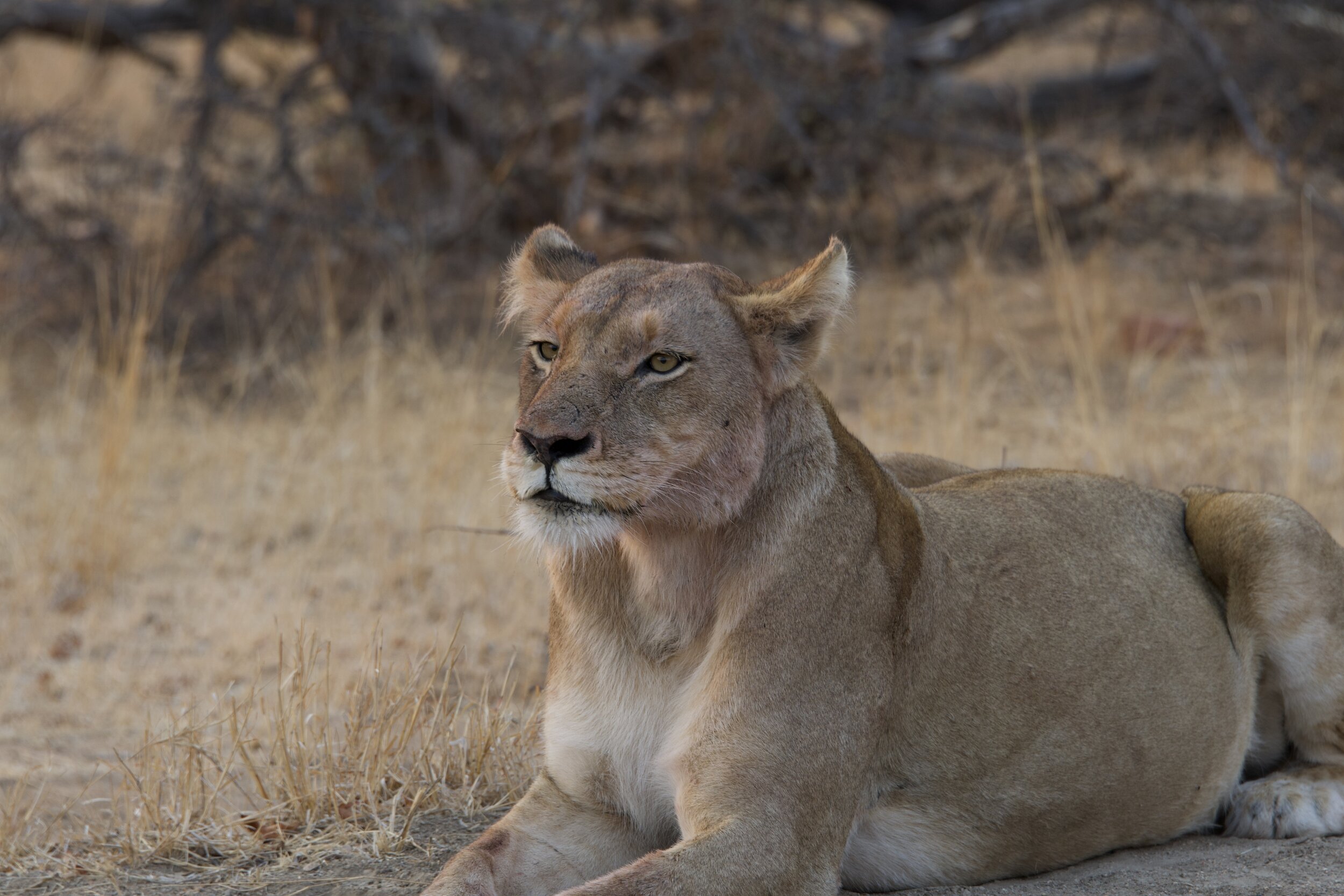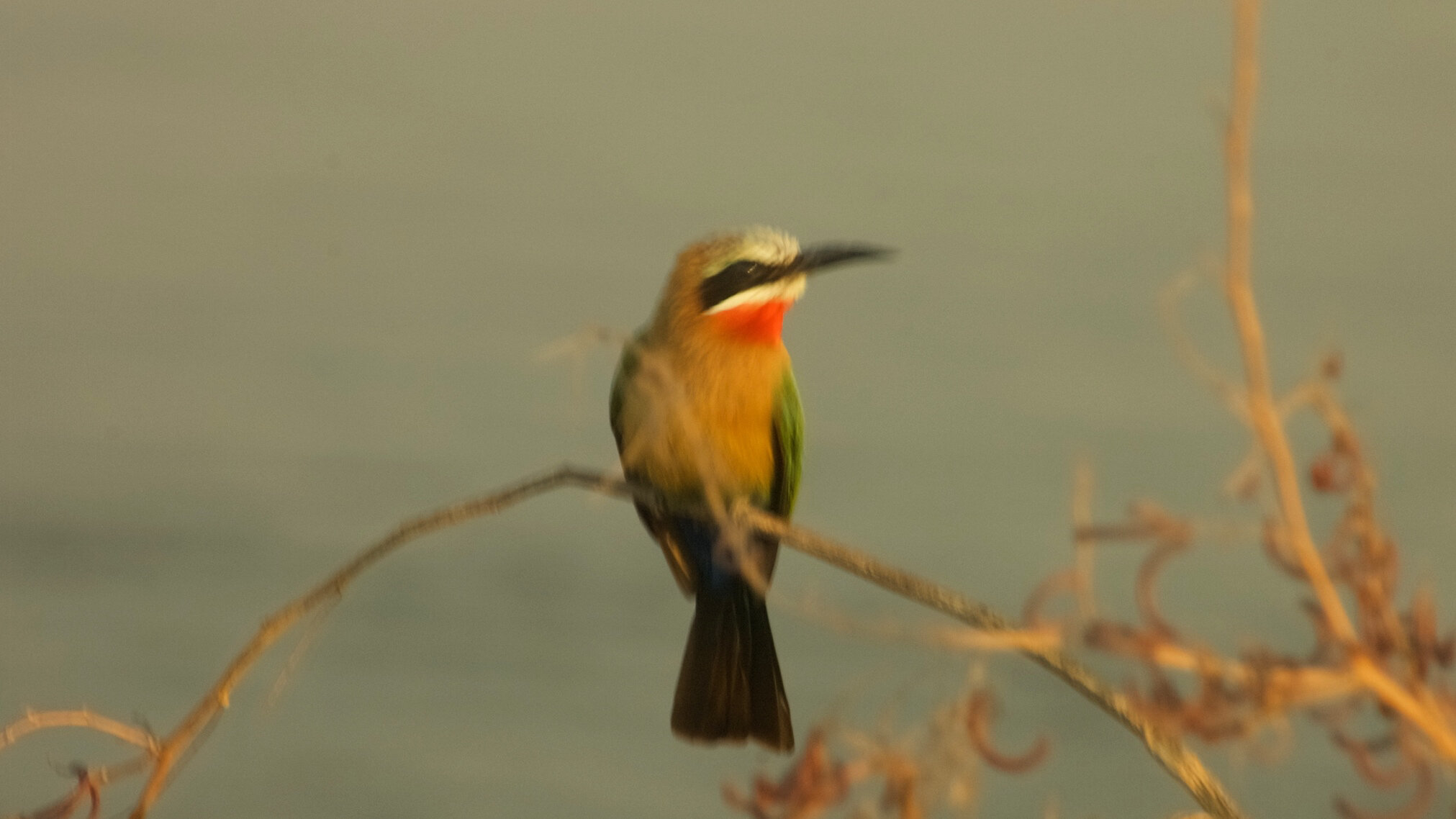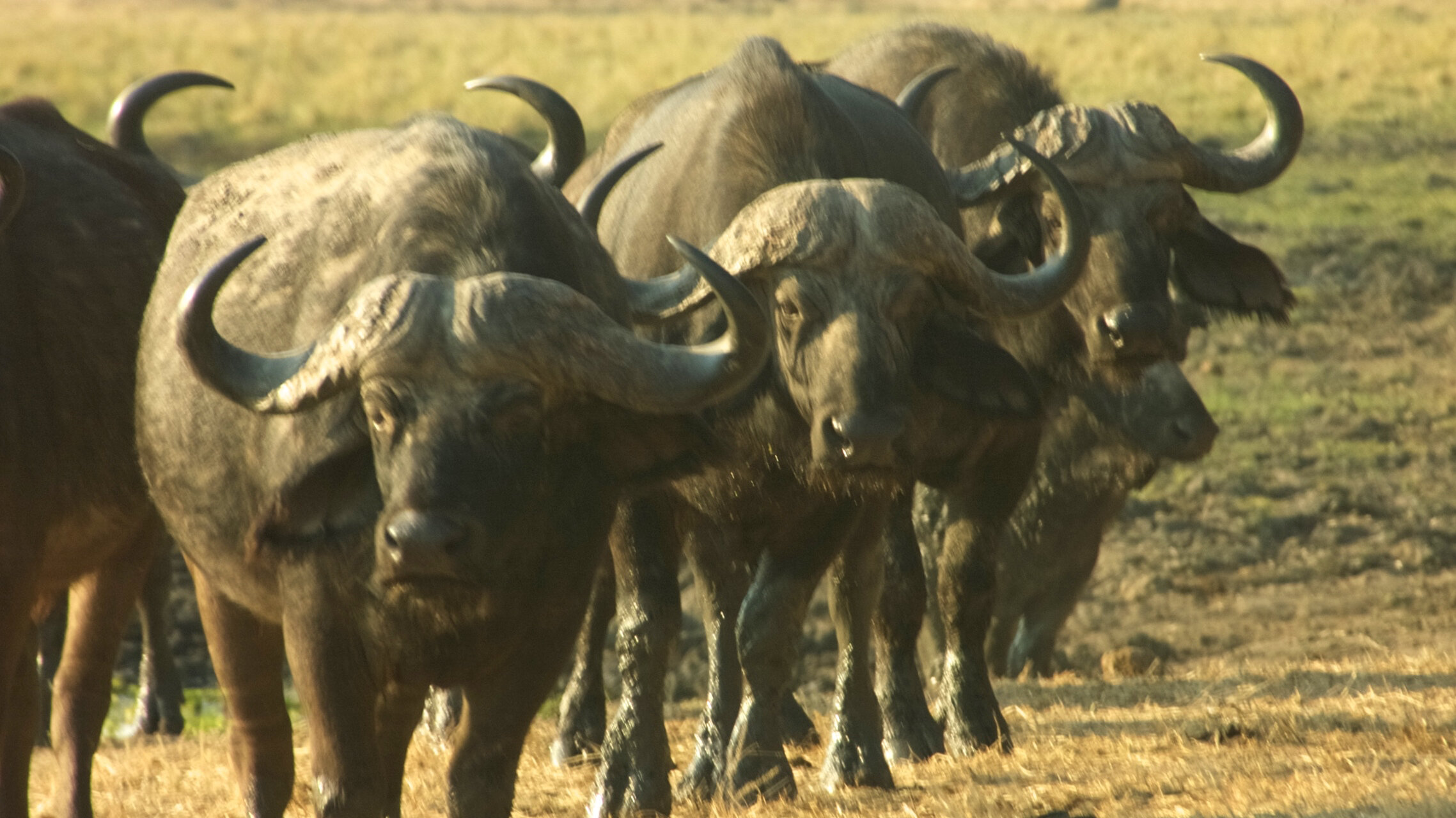The Nsefu Sector - South Luangwa National Park
The South Luangwa National Park marks the end of the Great Rift Valley, one of the last remaining unspoiled wilderness areas and possibly the finest wildlife sanctuary in Africa.
NSEFU SECTOR/CHIEFDOM
Why the area is called Nsefu!
The word Nsefu is a royal name describing the chiefdom or area administered by Senior Chief Nsefu and Nsefu also typically originates from a big antelope called Nsefu. This antelope is mainly found in Nsefu Sector and it's among the most highly protected animals we have.
Senior Chief Nsefu
Senior Chief Nsefu is the leader of the Kunda speaking people of Mambwe District.
Mambwe is a royal name named after the first Kunda chiefdom who died by turning into a baobab tree.
The Kunda speaking people have six chiefs namely:
Chief Nsefu Senior
Chief Malama
Chief Mnkhanya
Chief Jumbe
Chief Msoro
Chief Kakumbi
All these listed chief's report to Senior Chief Nsefu who is the custodian of the all Kunda land.
Traditional Ceremony
Each tribe in Zambia has it's own traditional ceremony and for Senior Chief Nsefu on behalf of the Kunda is Malaila ceremony held on every 28th of August each year.
Population
The area has in the recent past seen a lot of new settlers and this has tremendously increased the number of people in the area.
The population now stands at 7000 though this number is subject to verification meaning can be less or slightly higher.
Youths have 45% of the total population while women 40% and men at 15% of the total population
Staple Food
The major staple food for the area is Nshima made of mealie meal from maize grains.
There other foods that are eaten but Nshima is widely eaten and without Nshima families won't say they have food even if they have rice or any other food stuffs.
Other types of food
Rice
Potatoes
Sweet Potatoes
Crops Mainly Grown
The area has quite a good number of crops being grown and we thank God the area is naturally fertile and does not require application of fertilizer.
Some of the main crops grown are:
Maize
Rice.
Cotton
Soya beans
Groundnuts
Sorghum
Sweet potatoes
Sunflower
Main source of Income
Farming is the main source of income as most crops are grown for income purposes and surplus for home consumption.
Farmers mainly receive money once in a year of course after selling farm produce and they have to draw a budget within that means which has to cater for the whole year.
Sale of farm produce helps them to take their children to school.
However farming is mostly ruined by floods which wash away all the crops before they ripe and this is as a result of having abnormal rainfall.
Educational Standards
The area has 9 schools and out of which only one is a secondary school.
Generally it's now that the number of those who go up to twelfth grade has gone up. To be precise, at any group of 10 you only find 3 have attained secondary education meaning the illiteracy levels are still high.
Challenges in Education
School drop out is very common among girls and this is due to the following:
Early marriages
Lack of sponsorship
Pregnancies
the KUNDA people of the nsefu sector
The Kunda people trace their origins from the Luŵa and Lunda Kingdoms of the Mwatayamvo in the Congo Basin of today's Democratic Republic of Congo (DRC) in the 16th century (Banda, Mbewe, Daka, & Sawka 2013). They then occupied part of the Lwangwa valley in the Eastern province of Zambia as well as parts of Mozambique and Zimbabwe.
READ MORE…
THE FLORA AND FAUNA OF THE NSEFU SECTOR
Photos: Kendra Carano & Zikomo Safari
The meandering Luangwa River creates scenic oxbow lagoons set amongst beautiful riverine vegetation of evergreen mahogany and ebony trees, and the area is a magnet to outstanding wildlife. You can expect to encounter numerous large animals here - elephant, Cape buffalo, hippo, lion, Nile crocodile, warthog, puku, impala, spotted hyena, greater kudu and eland are all common. Unique to the Luangwa are the Thornicroft's giraffe, Cookson's wildebeest and Crawshay's zebra, which are found nowhere else. However, for many the most exciting aspect of the Luangwa Valley is that it has the world’s highest naturally occurring population of leopard.
Source: https://www.wildlifeworldwide.com/locations/south-luangwa-national-park
